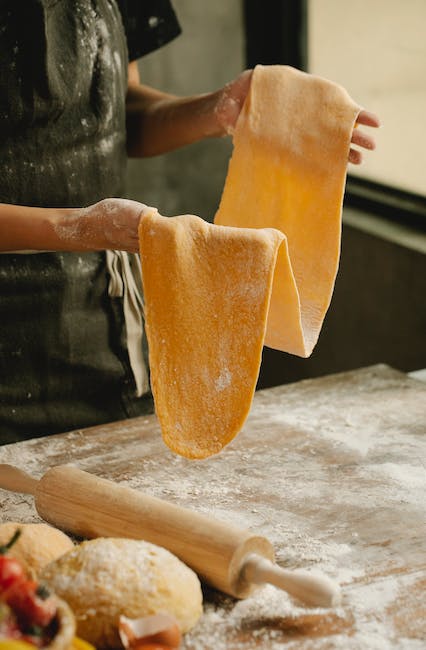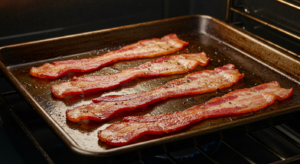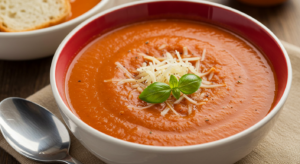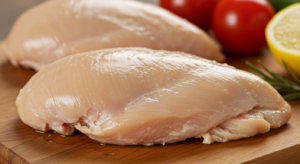
Preparing the Rice: Remove Any Dirt or Debris
Before cooking, it’s essential to remove any dirt or debris from your rice. This step ensures that your rice is clean and free from any unwanted impurities. In general, placing the rice in a bowl, then adding enough water to fully submerge the grains and gently swishing the grains around with your fingers is effective. The water will become cloudy as the dust and debris are removed.
Remember, this process may need to be repeated multiple times until the water is mostly clear. Although this task may seem mundane, preparing the rice properly is a fundamental step in the overall process, ensuring you get the best outcome from your rice.
Identifying the Rice: Type of Rice Matters
Knowing the type of rice you’re cooking is another crucial factor. Each variety has a distinctive flavor, texture, and most importantly, require different levels of water. For instance, wild rice and brown rice generally need more water compared to long grain white rice.
Understanding the water to rice ratio is an imperative rule in rice cooking. As a general rule of thumb, long grain white rice usually calls for a ratio of 1:1.5 (one cup of rice to 1.5 cups of water). In contrast, brown rice usually requires a ratio of 1:2.
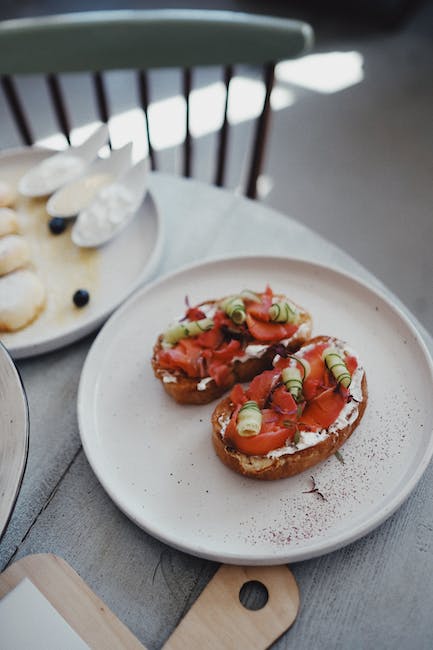
Adding Water: The Perfect Water to Rice Ratio
While preparing rice, knowing the perfect water to rice ratio is quintessential. Usually, the ratio of water to 2 cups of long grain white rice is four cups. For 2 cups of brown rice, you might need up to five cups of water.
However, these ratios can vary depending on the specific type of rice or cooking method. If you stick to the general rule of thumb, your rice will come out perfect each time.
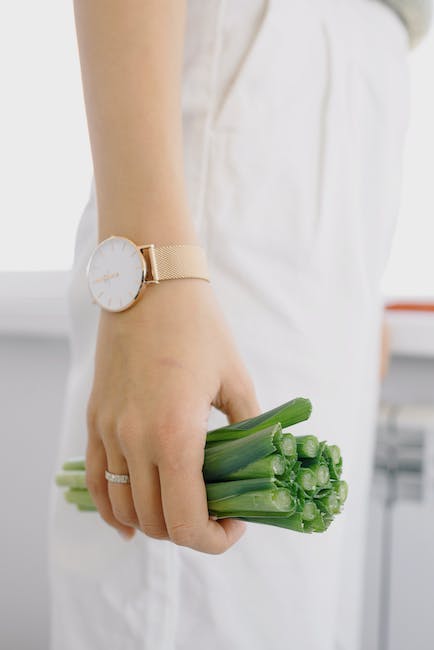
Beginning the Cooking: Bring the Water to a Boil
For successful rice cooking, remember to bring the water to a boil vigorously. Then, add your cleaned rice into the boiling water. This method ensures the rice cooks evenly, and with the application of intense initial heat, your grains will definitely cook to perfection.
Once the water starts boiling, reduce the heat to a lower level. This allows the rice to simmer slowly, absorbs the water, and achieve the perfect tender yet firm texture.
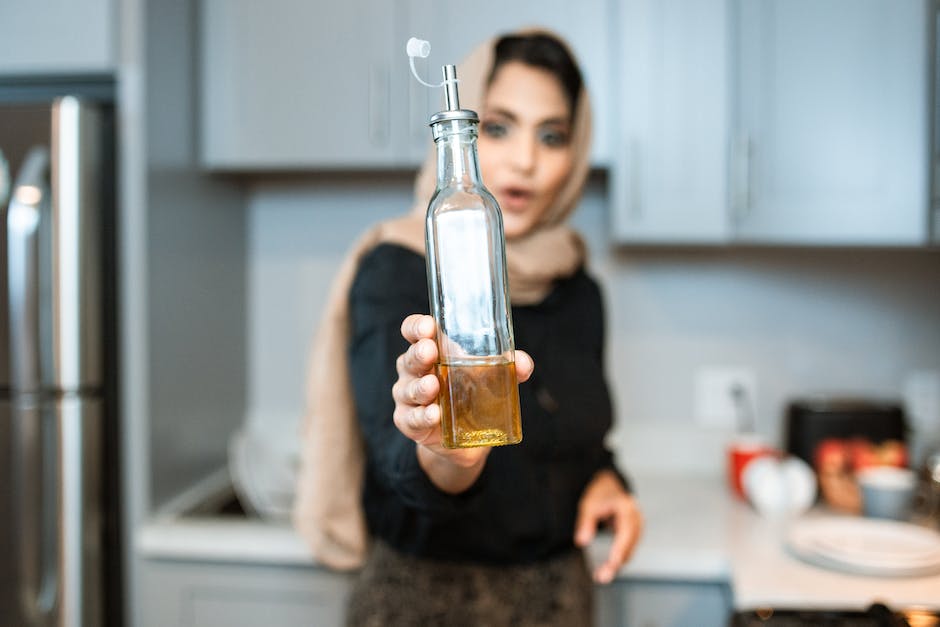
Completing the Cooking: Cover the Pot
To make rice perfectly cooked, you need to cover the pot during the cooking process. Covering the pot will trap steam, which is essential for cooking the rice. Once the heat reduces and the water is simmering, place a tight fitting lid onto your pot to ensure minimal steam escapes.
Covering the pot not only helps with the cooking process, but it also aids by reducing the cooking duration. The trapped steam helps the rice absorb water more quickly, reducing the cooking times significantly.
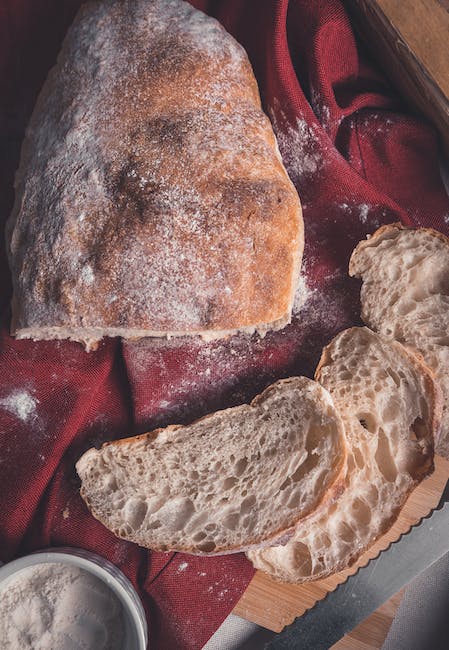
Finishing Touches: Heat and Let it Sit
After the rice has absorbed all the water, it would be best to turn off the heat and let it sit for a few minutes. This helps to redistribute the moisture within the pot, ensuring each rice grain is evenly cooked and retains its fluffy texture.
Do not open the lid immediately after turning off the heat. Allow it to rest as it helps the grains to firm up, preventing your rice from becoming mushy or gummy.
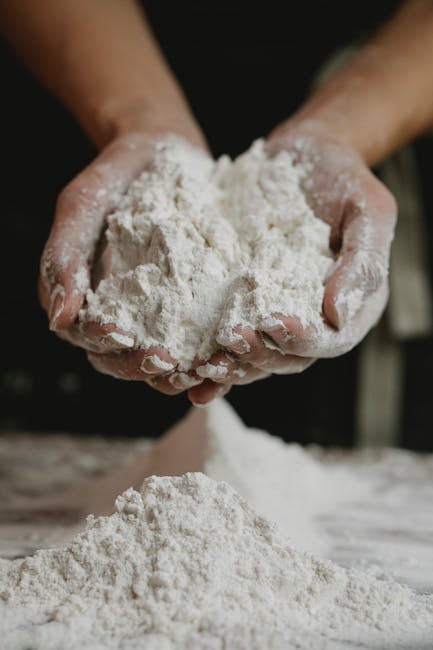
Post-Cooking Process: Fluff the Rice
To ensure a perfect texture, consider fluffing the rice softly with a fork after it has rested. Gently run a fork through the cooked rice to separate the individual grains carefully. Fluffing it with a fork should be done with care to avoid breaking the cooked grains or making them mushy.
This process enhances the rice’s texture, making it light and fluffy. It’s the final step in producing perfect rice every time, regardless of the rice type or cooking method.
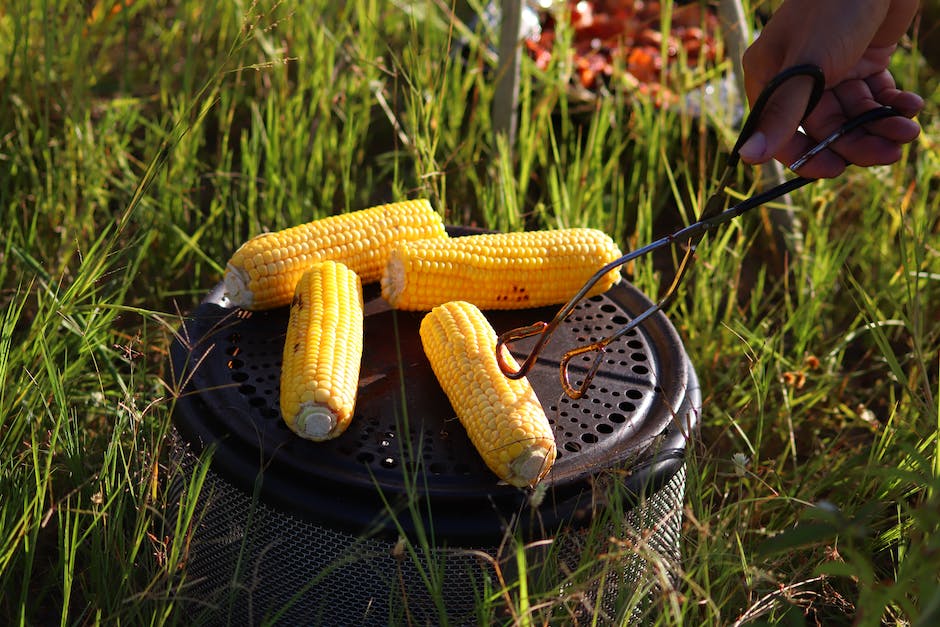
Quantity Matters: Cups of Cooked Rice
Remember that the volume of cooked rice will always be higher than the raw quantity. When you calculate how much rice to use, keep in mind that 2 cups of raw rice generally yield about 6 cups of cooked rice.
Understanding this multiplication factor is vital, especially if you’re cooking for multiple people or meal prepping. Always measure your rice and water precisely to ensure your rice quantity aligns with your needs.
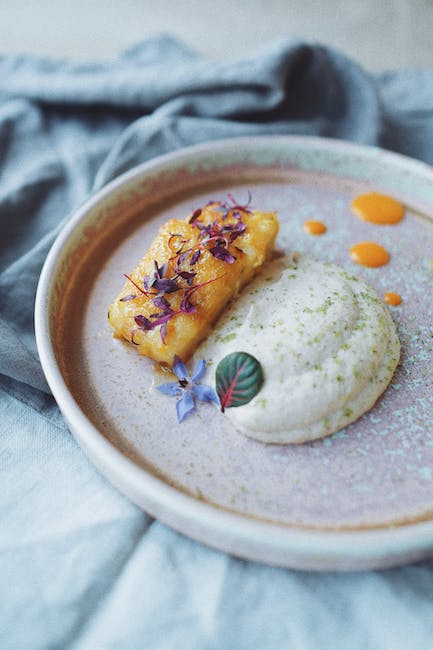
The Golden Rule: Ratio of Water
Remember, adjusting the ratio of water according to the type of rice, and the cooking method is the golden rule of cooking perfect rice every time. Though it might seem complex, getting the right amount of water can make a huge difference in your rice’s texture and taste.
Regardless of whether you’re preparing brown rice or wild rice, long grain or short grain, sticking to the right water-rice ratio is undoubtedly a surefire way to get it right.
FAQ
What’s the general rule of thumb for cooking rice?
The general rule of thumb for cooking rice is to use the ratio of 1:1.5 for long grain white rice. This ratio means that for every cup of rice, you should use 1.5 cups of water.
How to ensure that the rice is cooked evenly?
To ensure even cooking, first bring the water to a boil, then reduce the heat, cover the pot and let it simmer. This helps each grain of rice to absorb the water perfectly, resulting a fluffy final product.
Is it necessary to cover the pot while cooking rice?
Yes. Covering the pot while cooking traps the steam and helps in cooking the rice evenly and quickly.
Why should we remove any dirt or debris from the rice before cooking?
Dirt or debris could affect the taste and quality of the cooked rice. Hence, cleaning removes any impurities and ensures you get perfectly cooked, clean rice.
What’s the water to rice ratio when cooking wild rice?
When cooking wild rice, the water ratio is usually 1:3. It means for every one cup of wild rice, you should use three cups of water.
Why is it important to fluff the rice?
Fluffing it with a fork helps to separate the individual grains, preventing them from clumping together. It enhances the texture of the rice making it light and fluffy.
How does the water to rice ratio vary depending on the type of rice?
Generally, long grain white rice needs less water as compared to brown or wild rice. It’s best to refer to specific cooking instructions or ratios for the rice variety you’re using.
How many cups of cooked rice does 2 cups of raw rice yield?
Typically, 2 cups of raw rice yield about 6 cups of cooked rice.
How long should you let the rice sit after cooking?
After cooking, let the rice sit for at least 10-15 minutes with the heat turned off. This resting period helps to redistribute moisture, ensuring that the rice is evenly cooked.
What happens if you don’t bring the water to a boil before cooking rice?
If you don’t bring the water to a boil before adding the rice, it may result in uneven cooking. The rice might end up undercooked or overcooked. It’s best to add rice when the water is boiling vigorously.

